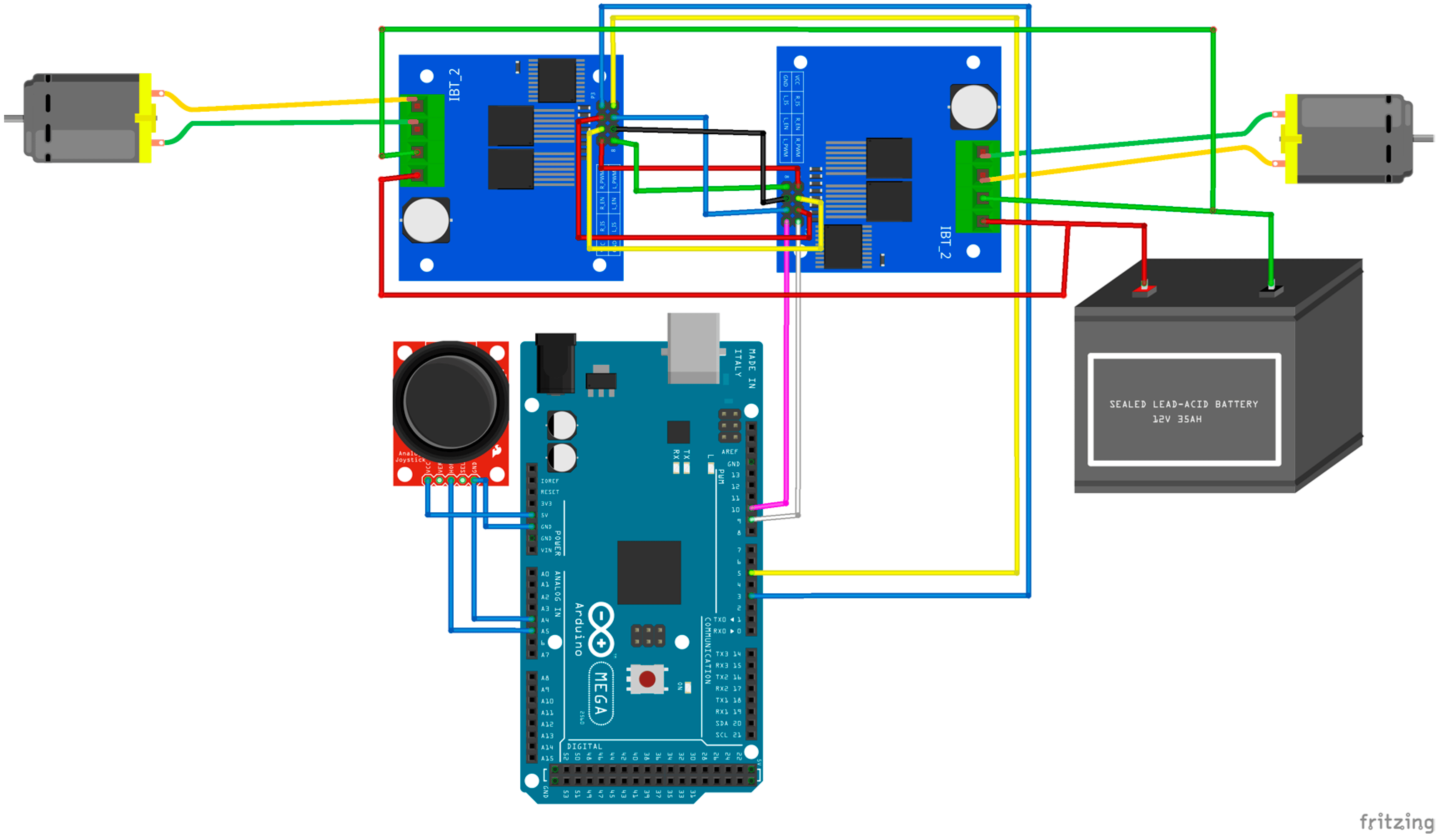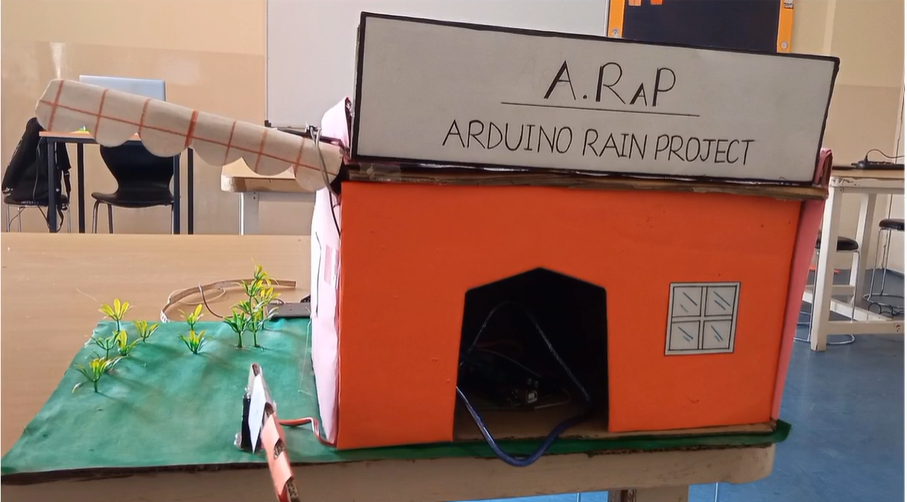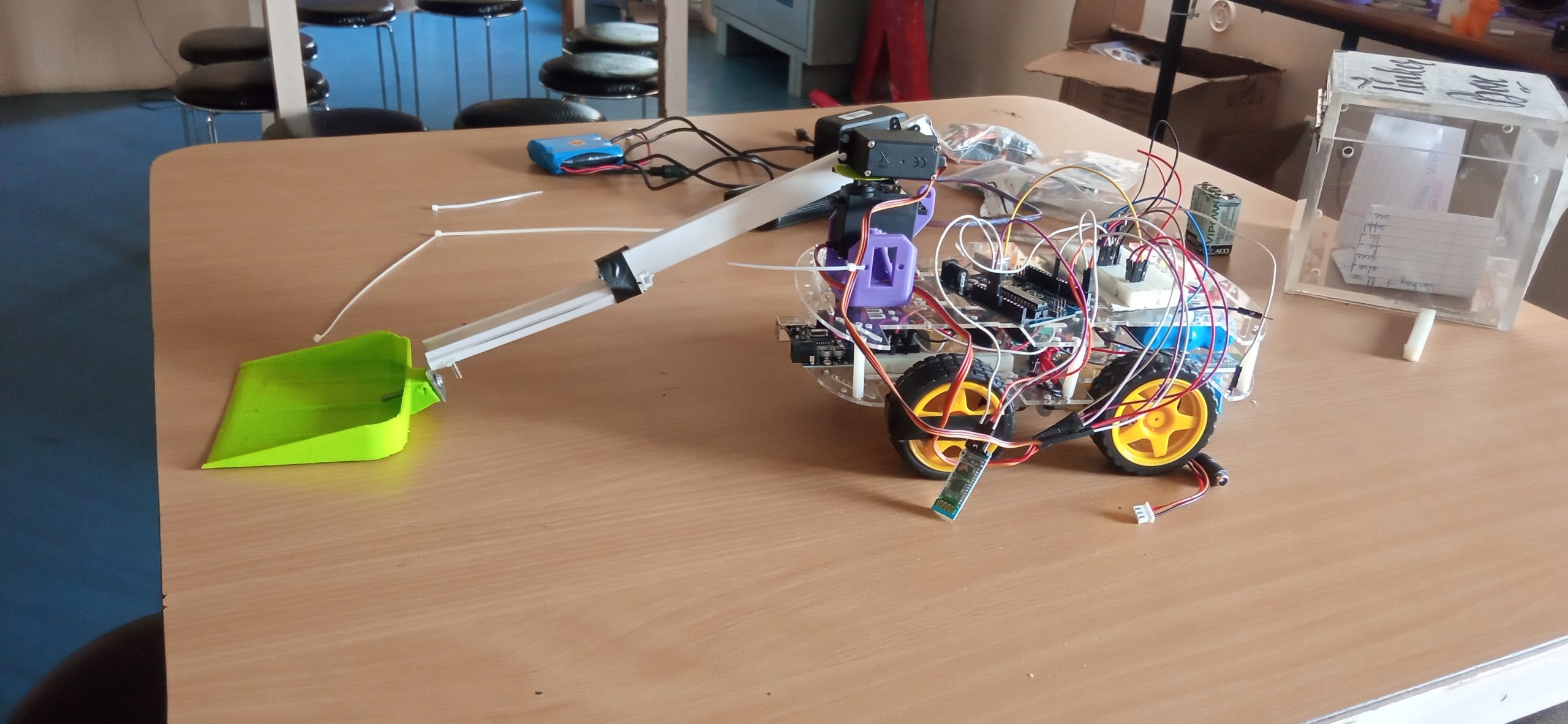Description:
We can design and create hollow bricks by using 3D printers, which offer several advantages over traditional bricks. These hollow bricks are constructed with internal cavities, making them lighter and more efficient. Here’s a simple description of hollow bricks and their eco-friendly benefits:
Description of hollow bricks:
Hollow bricks are specially designed building materials with empty spaces or cavities within their structure. These bricks are produced using a 3D printer, which allows for precise and consistent manufacturing. The cavities in the hollow bricks reduce their weight without compromising strength or durability. They can be made in various shapes and sizes to suit different construction needs and aesthetic preferences.
Benefits of Hollow Bricks:
Lightweight:
Hollow bricks are significantly lighter than traditional solid bricks. This makes them easier to handle and transport, reducing the physical strain on construction workers and the overall transportation cost.
Thermal Insulation:
The air cavities within hollow bricks provide excellent thermal insulation. This helps to keep homes cooler in the summer and warmer in the winter, reducing the need for artificial heating and cooling. Consequently, this leads to lower energy consumption and utility bills.
Sound Insulation:
Hollow bricks also offer better sound insulation compared to solid bricks. The cavities help to absorb and dampen sound, creating a quieter and more comfortable living environment.
Eco-Friendly:
Producing hollow bricks requires less raw material than solid bricks, which means less extraction of natural resources. The manufacturing process using 3D printing is highly efficient, producing minimal waste. Additionally, the lightweight nature of these bricks results in lower fuel consumption during transportation.
Reduced carbon footprint:
The improved thermal efficiency of buildings constructed with hollow bricks reduces the reliance on heating and cooling systems. This leads to a decrease in energy consumption and, therefore, a reduction in greenhouse gas emissions. Using eco-friendly materials and efficient production methods further contributes to a lower carbon footprint.












